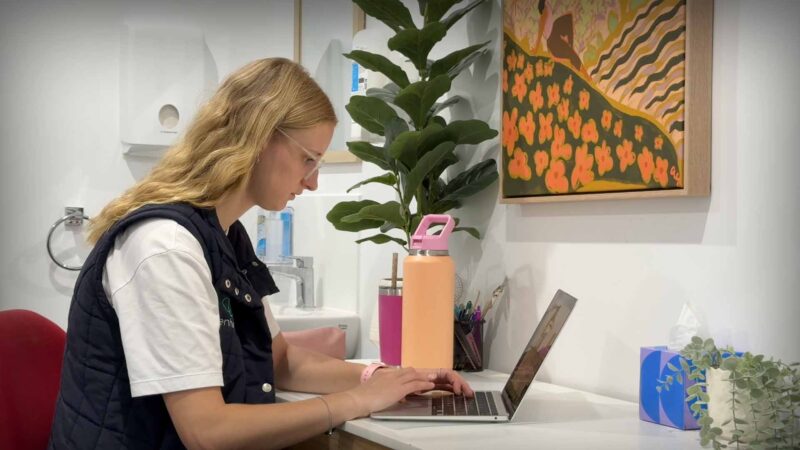For over a century, researchers have thought that the patterns of brain activity that define our experiences, hopes and dreams are determined by how different brain regions communicate with each other through a complex web of trillions of cellular connections.
Now, a Monash University Turner Institute for Brain and Mental Health-led study has examined more than 10,000 different maps of human brain activity and found that the overall shape of a person’s brain exerts a far greater influence on how we think, feel and behave than its intricate neuronal connectivity.
Lead author and Research Fellow Dr James Pang, from the Turner Institute and Monash University’s School of Psychological Sciences, spoke to Australian Health Journal and said the findings were significant because they greatly simplified the way that we can study how the brain functions, develops and ages.
The research team used magnetic resonance imaging (MRI) to study eigenmodes, which are the natural patterns of vibration or excitation in a system, where different parts of the system are all excited at the same frequency. Eigenmodes are normally used to study physical systems in areas such as physics and engineering and have only recently been adapted to study the brain.
This work focused on developing the best way to efficiently construct the eigenmodes of the brain.
“Just as the resonant frequencies of a violin string are determined by its length, density and tension, the eigenmodes of the brain are determined by its structural––physical, geometric and anatomical––properties, but which specific properties are most important has remained a mystery,” said co-lead author, Dr Kevin Aquino, of BrainKey and The University of Sydney.
The team, led by the Turner Institute and School of Psychological Sciences ARC Laureate Fellow, Professor Alex Fornito, compared how well eigenmodes obtained from models of the shape of the brain could account for different patterns of activity when compared to eigenmodes obtained from models of brain connectivity.
“We found that eigenmodes defined by brain geometry––its contours and curvature––represented the strongest anatomical constraint on brain function, much like the shape of a drum influences the sounds that it can make,” said Professor Fornito.
“Using mathematical models, we confirmed theoretical predictions that the close link between geometry and function is driven by wave-like activity propagating throughout the brain, just as the shape of a pond influences the wave ripples that are formed by a falling pebble,” he said.
“These findings raise the possibility of predicting the function of the brain directly from its shape, opening new avenues for exploring how the brain contributes to individual differences in behaviour and risk for psychiatric and neurological diseases.”
Original published June 2023 Turner Institute Newsletter / Monash University
You Might also like
-
Gavin Fox-Smith talks Medical Technology
Former Johnson & Johnson ANZ Managing Director, Gavin Fox-Smith on working in large & small MedTech companies
-
Being Part of the New Health Frontier
In November last year, the House of Representatives Standing Committee on Health, Aged Care and Sport delivered its bipartisan report “The New Frontier: Delivering better health for all Australians” on the approval processes for new drugs and novel medical technologies in Australia.
Australian Health Journal spoke to some of the industry bodies who were part of the Inquiry, for their comments on the process, the report and hopes in the recommendations being implemented.
-
Rural allied health mentorship program creates opportunities for students and practice
Melanie Roll, a director and physiotherapist at Gen Health Hamilton, is dedicated to nurturing the next generation of allied health professionals. Gen Health’s support begins with a work experience program for local secondary school students, where they can observe a variety of health services and participate in an annual careers night to explore allied health career pathways.
Upon moving to tertiary education, students are offered placements through a five-week program designed to transition them from observation to supervised practice and ultimately to seeing their own patients. In their final study year, they can apply for the mentorship program, which aids the transition into private practice.



